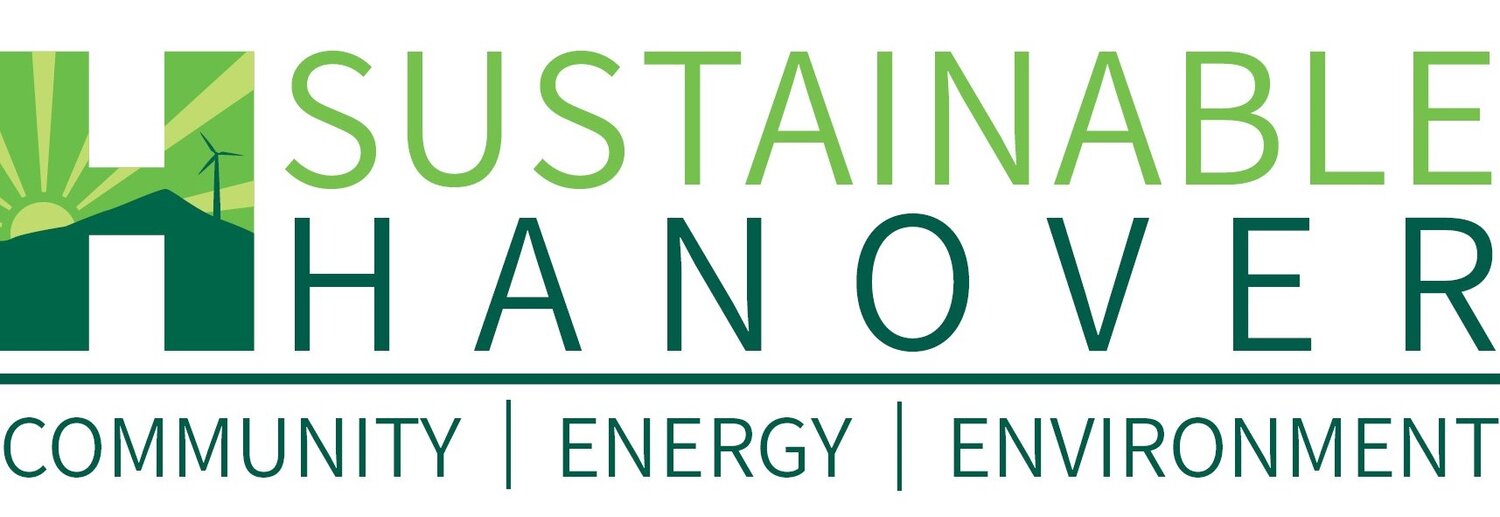EV Chargers – What’s Up?
If you have an electronic vehicle (EV) or are planning on purchasing one, you will have more than a passing interest in where you are going to find EV chargers, particularly when traveling. As EVs become more and more popular, the demand for chargers of all types is going to dramatically increase. Currently Upper Valley EV charging capability is primarily located in the I89 interchange in West Lebanon. While there are a few chargers in the towns and villages, there is going to be a greater demand.
Ben Steele, Chair of Sustainable Hanover’s Energy Committee’s EV interest group, and Peter Kulbacki, Hanover’s Director of Public Works, joined representatives from Lebanon, Hartford and New London earlier this year to begin working on a joint application for grant funds for EV chargers. Each community was to identify charging locations and charging types. Certain conditions needed to be met which included serving low and moderate income residents, being near a renewable energy supply, and being open to the public. In addition, there were matching fund requirements.
There are a number of sites and a variety of chargers being considered for Hanover. One would be a Level 3 fast charger [1] at the Department of Public Works which has solar on site and is across from Gile Hill apartments and near Lebanon’s low and moderate income residents. This would also facilitate the transition of Hanover’s fleet of vehicles from fossil fuel to EVs. Other Level 3 chargers would be at the RW Black Community Center adjacent to affordable housing and a shopping destination, the Municipal Parking Lot behind Town Hall and Howe Library. Level 2 chargers are being considered for all day parking such as the Marshall Lot (Maple Street) and 6 West Wheelock.
As this grant proposal was in its final draft, New Hampshire’s Department of Transportation (DOT) announced it was putting together a proposal for funding under the Inflation Reduction Act (IRA) for EV charging stations for New Hampshire. As a result, the local efforts were placed on hold. The work done regarding placement of chargers should be helpful if the NHDOT is successful in getting funding.
Many issues remain. EV chargers are a relatively new phenomenon with emerging problems and challenges. While strategically siting them is important, valuable existing parking spaces will given over to chargers with a subsequent loss of meter income for the Town.
Once installed, how are they going to be maintained? Niraj Chokshi, NYT correspondent for transportation, noted in a recent article [2] “Many sit in parking lots or in front of retail stores where there is often no one to turn to for help when something goes wrong. Problems include broken screens and buggy software. Some stop working mid charge, while others never start in the first place.” In recognition of this, the IRA funding “comes with a requirement that chargers be functional 97 percent of the time and adhere to technical standards for communicating with vehicles. Stations must also have a minimum of four ports that can charge simultaneously and not be limited to any one automotive brand.”
Recently it was announced that Tesla’s network, available only to owners of Tesla EVs, may soon be available for other EVs. However, there are complexities. Tesla has only committed to opening up 3,500 fast chargers, or around 20 percent of the automaker’s overall fast charging fleet. The other 4,000 chargers could come from the automaker’s roughly 10,000 slower, “Level 2” chargers. EV owners will have to get a Tesla app or use the Tesla website to plug in [3].
Funding is also an issue. Even if Hanover’s request for chargers is successful, there will be matching funds involved and there will need to be continued maintenance funding. The EV world is moving along at a very fast pace with many new challenges. Overall, the trend seems positive. Stay tuned!
[1] Level 3 DC Fast Charger (DCFC) siting principles – should be within one mile of Federal Highway Administration designated Alternative Fuel Corridors with 50 miles apart to support lower range EVs. Should have high traffic volume, access to ample parking, and proximity to restaurants or other publicly available amenities . Level 2 chargers siting principles - are ideal for local attractions and destinations with high traffic volumes. https://driveelectricdayton.com/2023/02/18/where-to-locate-public-charging-stations/
[3] Shannon Osaka, “Elon Musk agrees to open parts of Tesla’s charging network to everyone” Washington Post February 15, 2023.
